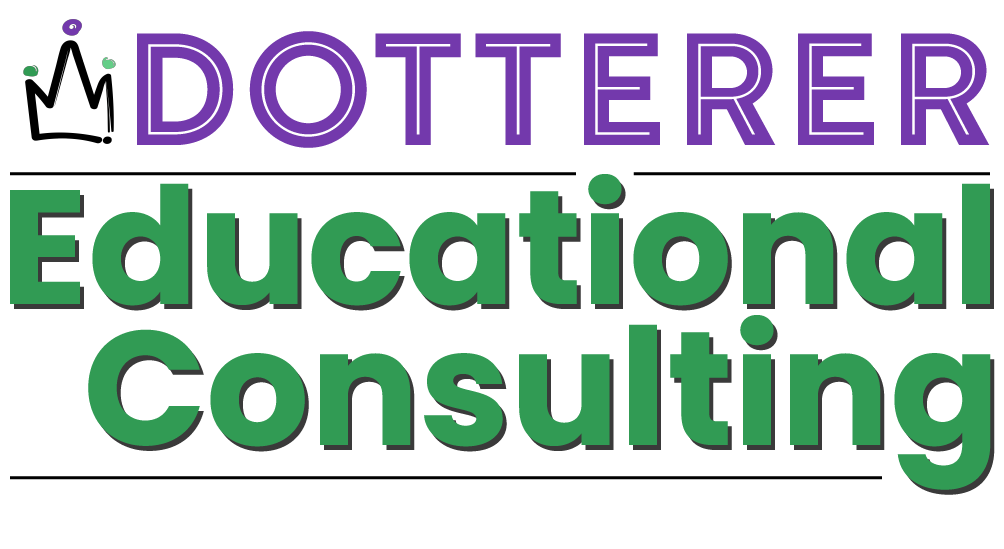This 4-step process will revolutionize your classroom. Today, educators face the challenge of engaging every student while juggling academic standards and individual needs. The latest Tier 1 Interventions podcast discusses a groundbreaking solution: harnessing the power of “flow.”
Flow, pioneered by psychologist Mihaly Csikszentmihalyi, describes the optimal state of deep concentration and engagement. It’s the “zone” athletes often refer to and can be applied in education to enhance student learning.

So, how can educators integrate flow into their classrooms?
1. Embrace the Brain’s Natural Cycles
The brain processes learning in four stages: struggle, release, flow, and recovery. Allowing students time for physical activity, reflection, and brain breaks helps them seamlessly transition from one stage to the next.
2. Prioritize Sleep and Wellness
Did you know a good night’s sleep is essential for transferring short-term memories to long-term storage? By teaching students the value of sleep, we’re giving them tools for lifelong success.
3. Focus on Responsive Teaching
Adapt your methods to meet your students where they are. This means less focus on rigid instruction and more on curiosity-driven learning that creates meaningful connections.
4. Transcend Traditional Teaching
Instead of transforming your curriculum with every new trend, transcend it. This involves blending effective past methods with innovative neuroscience-backed strategies to forge a fresh path.
When we understand and leverage how the brain learns, we unlock potential—not just for our students but also for ourselves as educators. Let’s commit to transcending old methods and creating engaging, effective classrooms where every student thrives.

